On the outside it may seem very simple, but a quick look at a manual that introduces wire and cable technical information reveals a great deal of variation in the classification of different types of wire and cable.
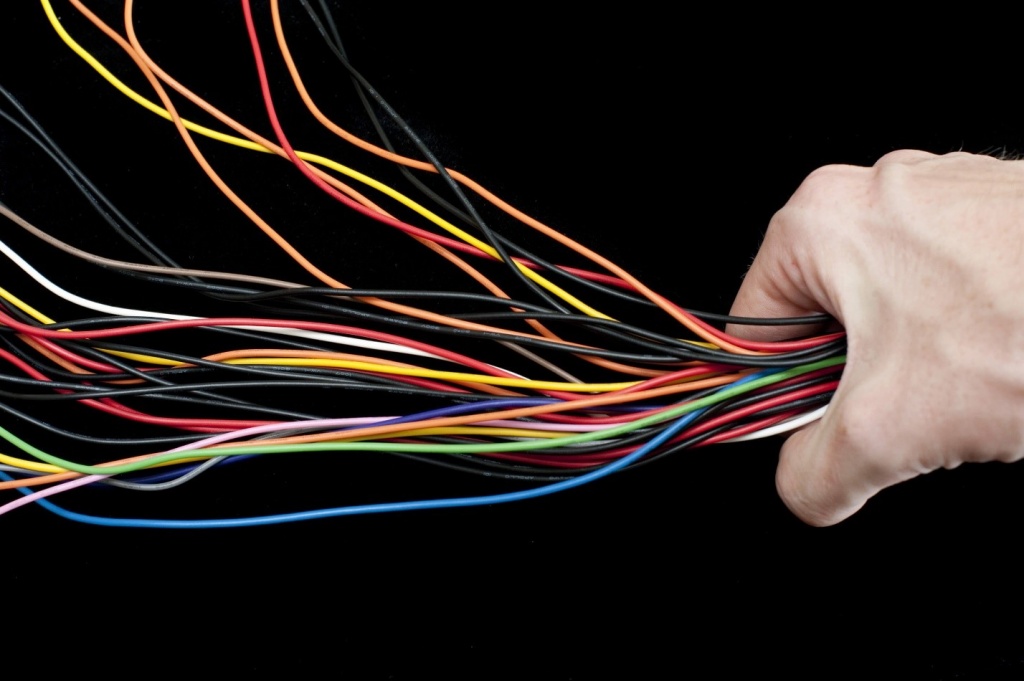
It also provides the reader with an understanding of the complexity of such products in terms of materials, applications, variety and cost. Despite the countless benefits that electricity has, it can be a killer and the many dangers associated with it make it necessary for everyone to have a minimum familiarity with the characteristics of electricity. It is also a good idea for everyone to learn how various conductors in the form of wires and cables have been invented to conduct electricity to electrical devices that subsequently harness and use electricity in a friendly way, making it a boon to modern life. convert which cannot be compared to anything else.I would like to begin by introducing the nature of electricity and electric current. Electricity is defined as positive and negative electric charges moving from one side of a conductor to another for some reason. What makes our electrical equipment work is electrical current. In order for an electric current to flow, we must maintain the constant movement of the charge-carrying electrons in the conductor.
Wire and cable handbook
The information we often expect to find in a wire and cable manual often includes a basic introduction to electricity, the characteristics of the various conductors used to transmit electricity, the characteristics of the various insulating materials used to cover the conductors. Another topic that should be covered in wire and cable manuals is shielding and armor used in electrical and electronic wire and cable, along with explanations of the reasons for their use and their different types.It seems that the introduction of the types of cables and wires along with the selection criteria for specific cable type and size is the most important part of the wire and cable guide book. Such a booklet would be incomplete without explaining how residential, commercial and industrial buildings differ in the type of electricity and cable required to meet their needs. Perhaps the most useful section of the Wire and Cable Handbook is the section that teaches users how to perform simple, less technical repairs to their home electrical systems.
Wire and cable technical information handbook
The information most often sought in a technical manual for wire and cable is that there are different types of cable and wire and what each type is used for. The type of cable that almost everyone is familiar with, and probably the most people use, is building and construction cable. It includes a wide variety of cable types capable of transmitting 300 to 600 volts. These types include UL THW, THW-2, THWN, THWN-2, THHN, TFFN, TFN, RHH, RHW, RHW-2, USE, USE-2, thermostat wire, SER, SE-U, XHHW, XHHW- is. 2 They are mainly used in construction buildings.
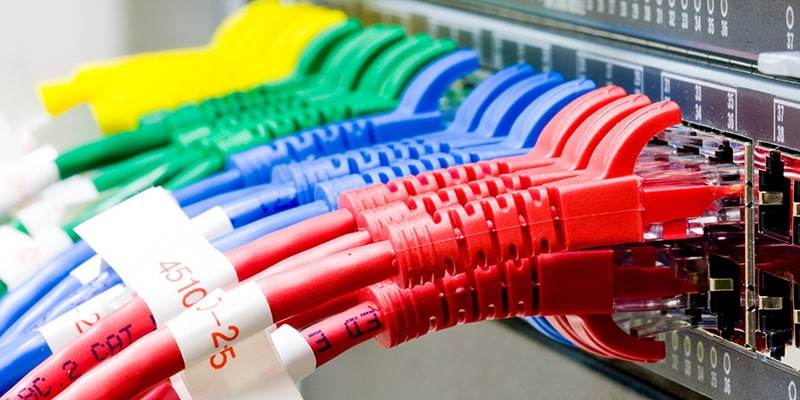
UL types can withstand heat up to 90°C in wet or dry conditions. The letters we see here; Each shows a special feature of that cable. For example, T indicates that the cable is thermoplastic, H indicates that the cable is heat resistant, and HH means that it is resistant to high heat. W indicates that the cable can be placed in both wet and dry locations, N means that the cable’s nylon coating protects it from oil and gasoline. X stands for insulation transverse connection. So the next time you print these letters on a type of cable, you know what features to expect.
Wire cable with hooks
Electricians often need to hold wires and cables in place with hooks, connectors, or other accessories designed for this purpose. Based on the type of wire and cable, connectors can be generally classified into three groups. Coaxial connectors, data connectors and power connectors. Coaxial connectors are electrical extensions that are added to the cable. This means that when connecting to the cable, they should cause the least possible disturbance to the signals.Interestingly, this type of connector is named in relation to the amount of impedance it creates in the flow. The next category of connectors are data connectors that are used to connect communication equipment. These connectors known as RJ11 and Rj45 are modular and are in the form of jacks and plugs. They are designed to connect solid and stranded wire.The next item is the power connector, which is used to connect power cables. Compression connectors are a good example of electrical connectors, they are easy to handle and electricians rely on them more than any other connector. One of the important requirements for an electrical connector is that it must be able to withstand current fluctuations, adverse environmental conditions such as vibration, corrosive substances, and vibration.
Wire and cable book
Wire and cable manufacturers often include a book or booklet in their packaging. In this booklet, the customer can find information about technical features such as size, weight, resistance and voltage capacity. There is also information about the applications of that cable in the booklet. This booklet also tells us about the conductor and insulation material of the cables. It is also available on the company’s website. A product brochure is different from a company catalog.Catalogs often include information about the company’s capabilities, the background of its product range, and individual introductions of each product’s features. Another important content of the company’s catalog is what certifications and standards they supply their products with, product warranty policy, how to contact the company, famous customers for whom they have supplied wires and cables, their future prospects in Company catalog Some companies may also include information about the education of their personnel in their catalog.
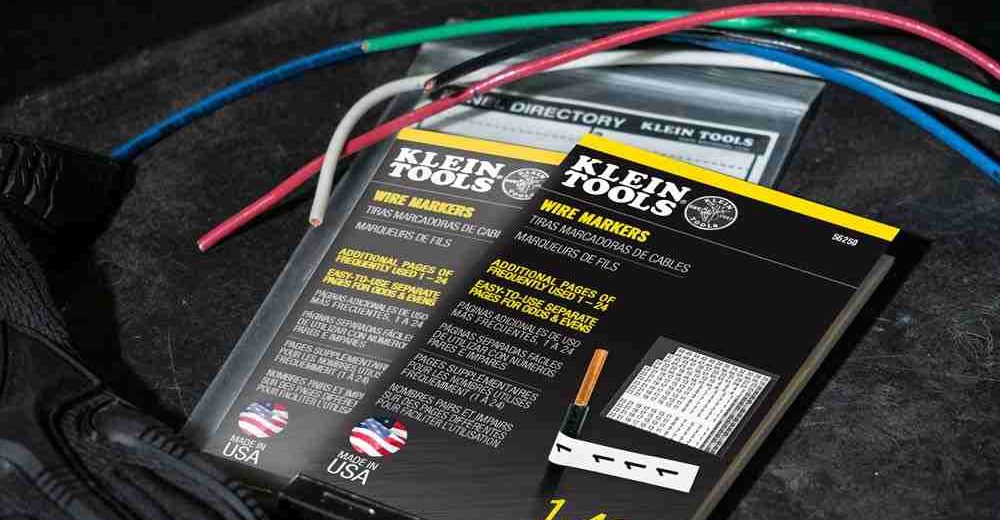
Wire and cable technical information handbook pdf
In order to make it easier for customers, manufacturers often ask them to download the wire and cable technical information manual pdf file they need from their website. This will also help the environment. The technical manual contains information about voltage capacitance resistance, whether the cable is solid or stranded. Number and diameter of cores, degree of current, conductor and insulating material. They also include information about the conditions under which the cable can be used based on its characteristics.Information on where the cable should not be used is also included where there may be potential hazards. We don’t usually expect to find list price information, although some companies may do this to differentiate themselves from others. The technical information manual can be used as a measure to evaluate the importance of the company in providing information about the product to the buyer. For this reason, companies are very careful in preparing technical manuals as complete and informative as possible.
Ul wire and cable marking guide
UL stands for Underwriting Laboratories and is a rating standard for wire and cable, markings printed on the cable jacket, reel, flange or carton indicate that the product has been tested and rated by UL. Almost all reputable brands in the world receive this standard along with their local standards to show that their products meet world class standards. This is a good advertisement for the reliability of their product. In addition, wire and cable industry leaders such as Alpha and Belden are the main UL standard reference.
How do the NEC and UL connect to the National Electrical Code, you may ask? Most of the UL standards for wire and cable are designed to conform to the specified requirements for installation, only in cases such as board cable, marine vessel and appliance wire materials do we see discrepancies. Even in these cases, they try to bring their needs to a single whole. This facilitates uniform standardization of all cable and wire products and provides clear guidelines for manufacturers as well as clear information for consumers.
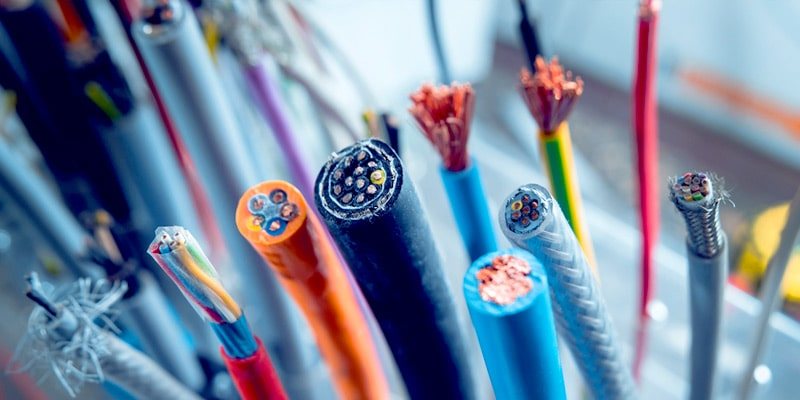
Wire cable guide roller
To explain what a wire cable guide roller is, we must first remember that as a component responsible for the transmission of electrical power in buildings and other structures, it is very important to pay great attention to protect the wire jacket and cable, the conductor insulation. to give and the conductor, from damage or potential damage from sharp edges, rough, spiked surfaces or falling heavy objects, all of which are abundant in construction sites.
One way is to use wire and cable guide rollers, these rollers are attached to the edges and then the cable is placed in the cable guide wheel, this always keeps the distance between the wire and the sources of damage.
Wire and cable tips
If you are looking to purchase wire and cable for your building construction, here are a few things to keep in mind. First of all, the only standard that can guarantee the specifications presented in the specification table are real and reliable is the standard that the company has received from international or local standard agencies. international standards.
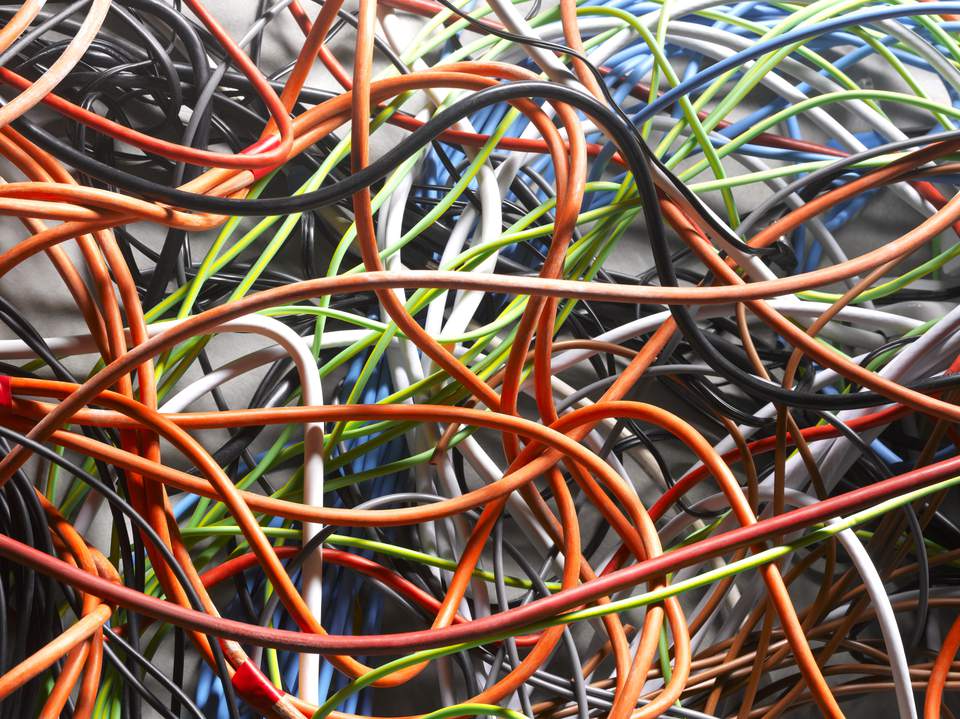
As a national standard, ISIRI is widely recognized and provided for wire and cable products in Iran. Standard markings are printed on the packaging and the cable itself for that cable or wire. Second. Get engineering advice from electricians and engineers about the right type of cable or wire. And always predict what floor the building will be used on, to avoid the need for later repairs and rewiring in buildings, which is often costly and time-consuming.

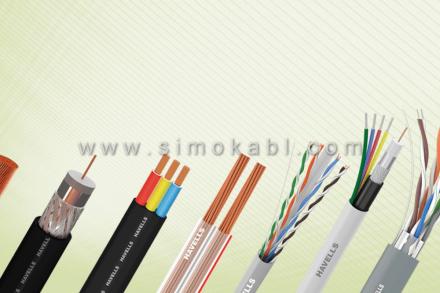
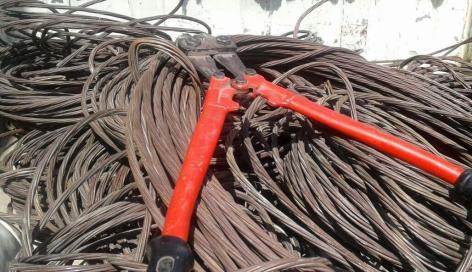

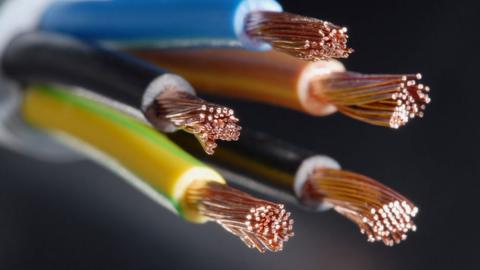
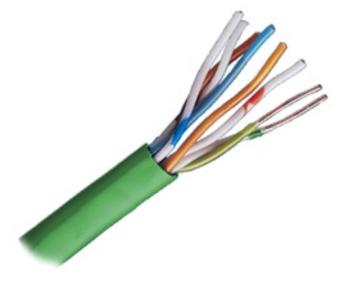
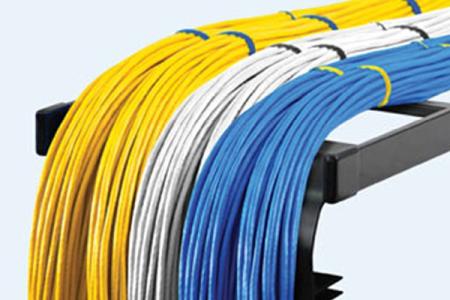
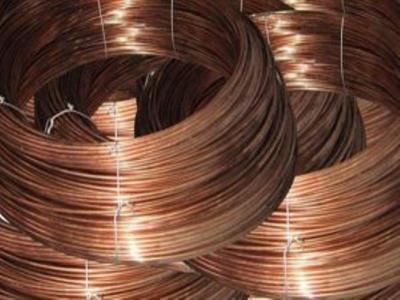

Your comment submitted.